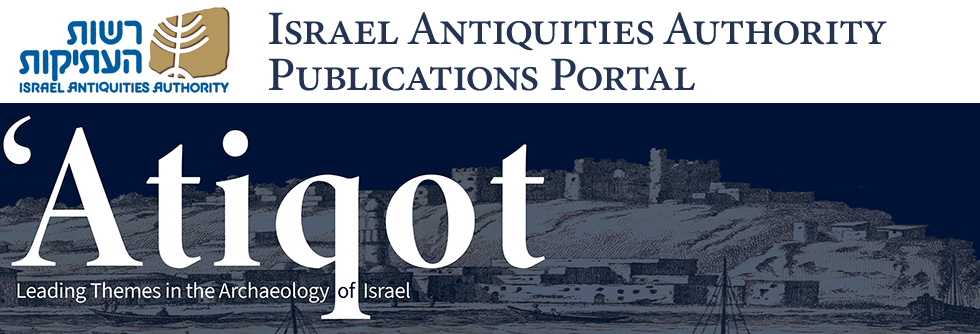Abstract
Three Greek inscriptions were discovered within a small coenobium at Giv‘ot Bar in the northern Negev. One was set in a mosaic pavement in the chapel, and the other two were painted in red ink on building blocks found in the debris near the entrance to the chapel. The mosaic inscription mentions a string of names, probably of the monks who cared for the laying of the mosaic pavement in the chapel, or perhaps for the foundation of the coenobium. The two other inscriptions are epitaphs, indicating that the chapel was also used for burial. One epitaph mentions a date that demonstrates that the monastery was still active in the seventh century CE.
Keywords
Byzantine period, northern Negev, Greek, palaeography, Christianity, monastery, epitaph, burial
Recommended Citation
Di Segni, Leah
(2024)
"Three Greek Inscriptions from the Monastery at Nahal Pehar (Giv‘ot Bar), in the Northern Negev,"
'Atiqot: Vol. 116, Article 16.
DOI: https://doi.org/10.70967/2948-040X.1137
Available at:
https://publications.iaa.org.il/atiqot/vol116/iss1/16
Included in
Agriculture Commons, Biblical Studies Commons, Christianity Commons, History of Art, Architecture, and Archaeology Commons, Islamic Studies Commons, Science and Technology Studies Commons, Urban Studies and Planning Commons

